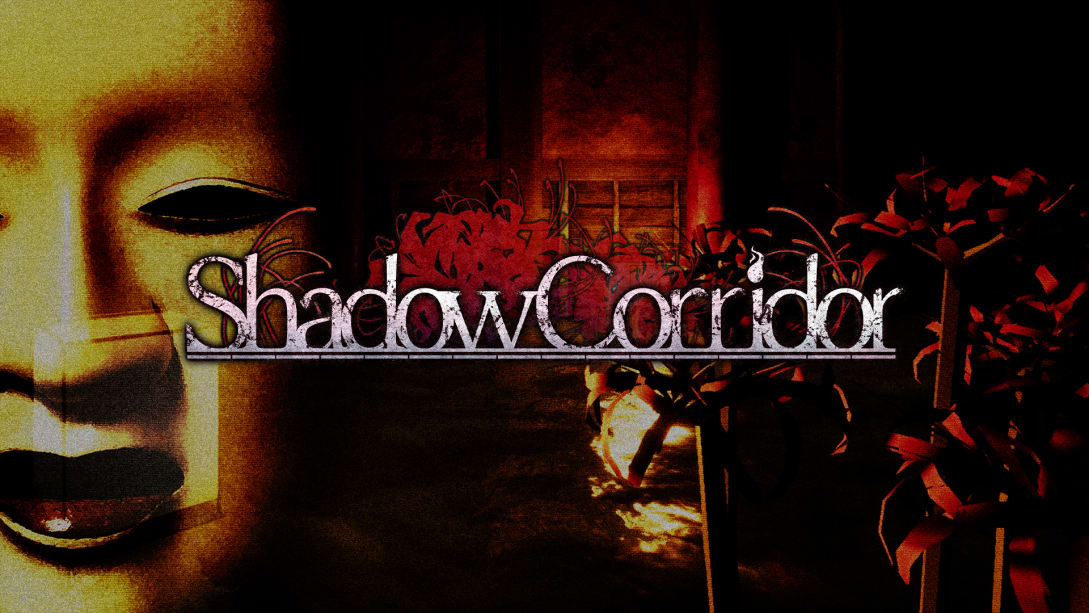It’s the end of October and the horror games are popping up like zombies from a grave. One of the surprise drops in this lot was Shadow Corridor, a weird little first person indie horror title developed by Regista and published by NIS America. Usually NIS tends to localize the best of the best, so taking a look at an obscure Japanese horror game could be fun this time!
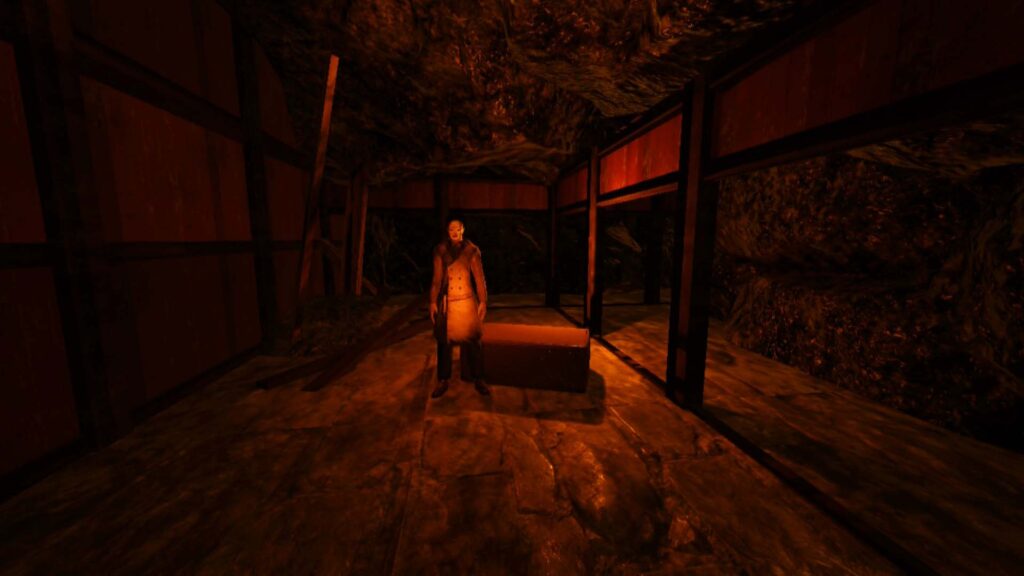
Shadow Corridor is a game that’s all about stress, jump scares, and ambience. The plot and design is heavily Japanese with tons of cultural inclusions everywhere. Unfortunately, it’s also a very thin plot, leaving the player detached from the events of the game. That can still be fine in some instances, but in the case of Shadow Corridor, things are a bit weak on other fronts as well.
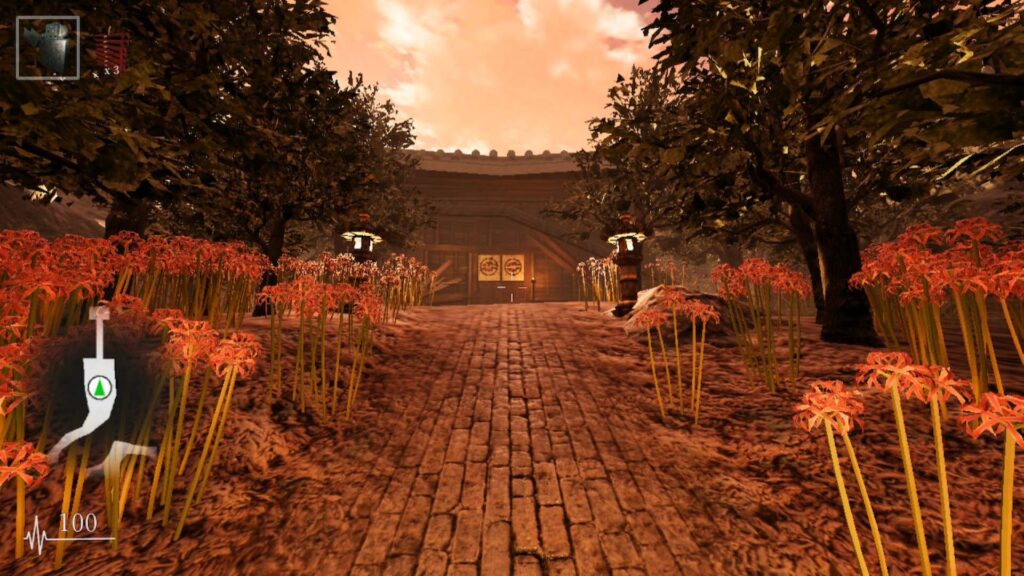
The first level of the game wanders through a Japanese city into weird back alleys and onto people’s property for no reason. There are a few random jump scares, some of which can even force you to restart from check points, but for the most part, it’s all pretty tame. Eventually you’ll wander into a labyrinthine house and that’s where the trouble begins.
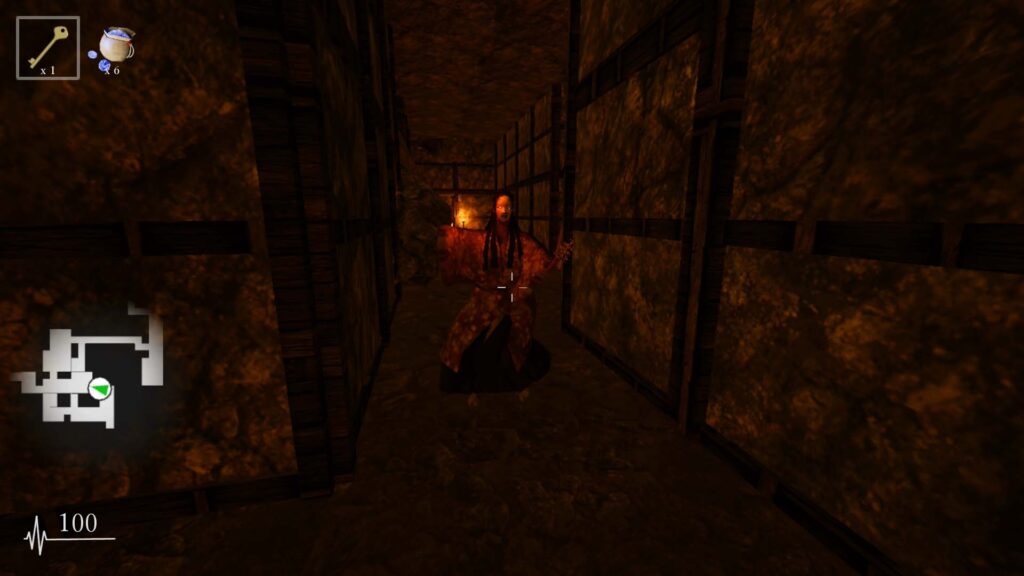
Shadow Corridor is procedurally generated so there’s no real way to tell you where to go. On top of that, interaction points are not clearly labeled, leading to a lot of wandering around trying to figure out if that wall is a door or what angle to tilt the camera at. In fact, there are a variety of serious control problems with Shadow Corridor. The game moves glacially slow for one. That would be fine, but the enemy spirits are noticeably not slow at all and your exhaustion meter for running clearly implies that our protagonist has subsisted on Cucumber Pepsi, Green Tea KitKats and salt-flavored Ramen for decades. Basically, you can barely outrun anything and escape is often improbable when you’re unable to even turn around before a spirit gets you. Add to that the dim, repetitive corridors, your lack of a weapon, limited hiding spots in most levels, and you end up with a heck of a lot of frustration.
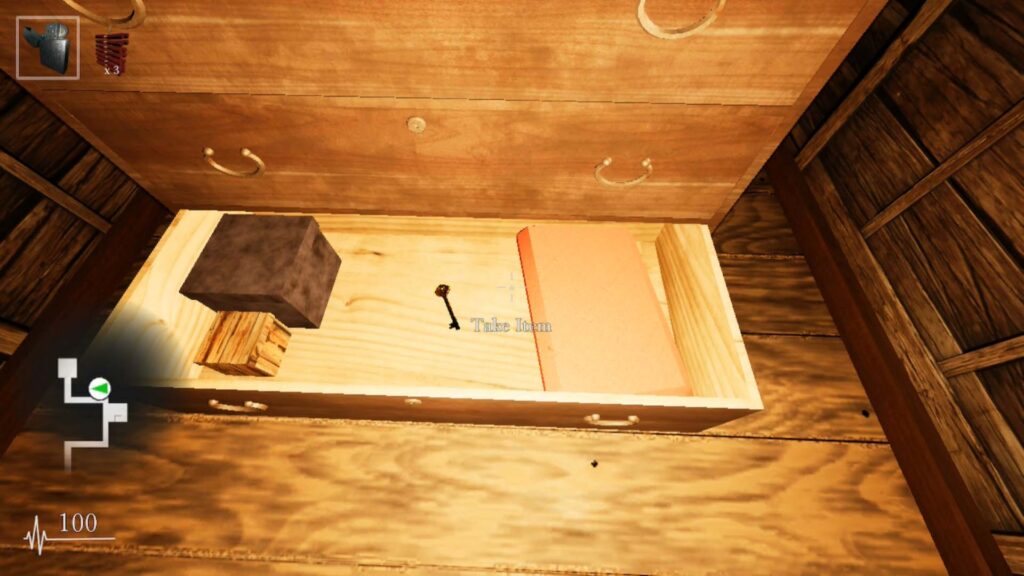
It’s painfully easy to accidentally use items in your inventory as well, which leaves you in big trouble for later areas. Don’t worry though, you won’t make it that far. In order to progress in Shadow Corridor past the first level, you’ll find that you require magatamas. These magical items allow you to continue if killed in some areas and can bring your otherwise lost items back as well. Sadly, they’re incredibly rare, hard to find, and death lurks at every turn. Hide in complete darkness crouched in a corner when you hear an enemy? Dead. Run away from said enemy? Dead. Try to open a door and twitch when the camera doesn’t line up with the interaction point? Dead. It’s a frustrating and repetitive process that forces you to crawl at a snail’s pace through levels that you’re sick to death of by the time you finish them.
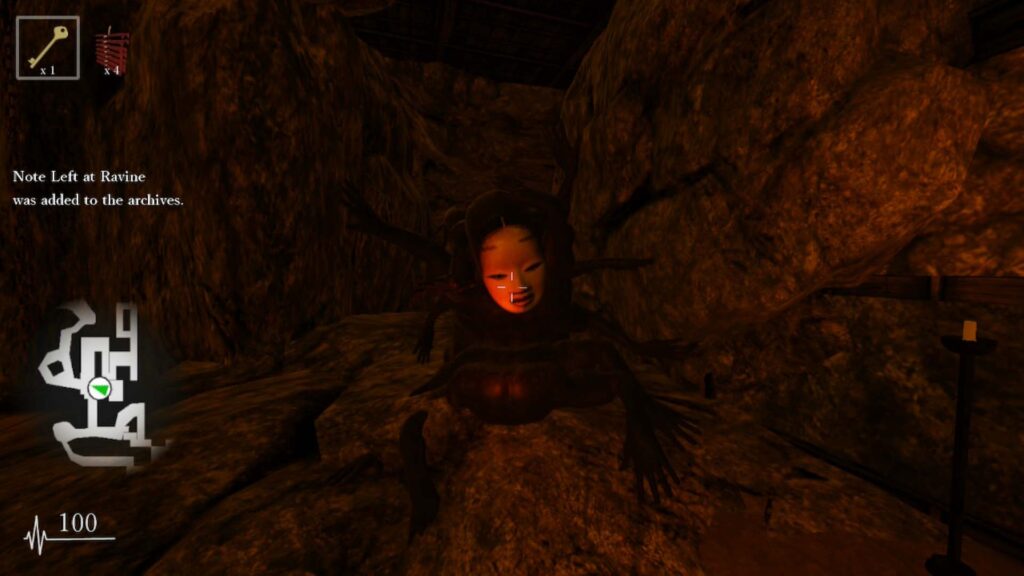
Sure, the levels in Shadow Corridor are possible and you can get through them. But the question in instead whether you will want to. Visually, there’s not much going on here either as the devs seemed to be going for a low-poly retro feel. It’s unfortunate that they chose to use a 20 year old control scheme that feels like someone is torturing you to go with those painfully weak visuals though. On the other hand, sound manages to play an important factor in Shadow Corridor. The closest parallel is an obscure game on the Saturn called Enemy Zero, a spin off of the D horror series. In Enemy Zero, the monsters are invisible. Entirely invisible. You’re forced to slowly navigate the game by echolocation, only able to fire your weapon when they get within a square of you or you die. The sound in Shadow Corridor is exceptional, allowing you to hear the slow steady progress of the spirits as they steadily advance on your location, ratcheting up the stress exponentially as you face your impending doom. Unlike Enemy Zero however, you can’t actually kill them. You can throw them off with some firecrackers, sure, but you’re basically on the run and it’s not a strategic fight like Clock Tower 3’s hide mechanic or the smooth interface of Outlast. It’s a struggle to simply survive.
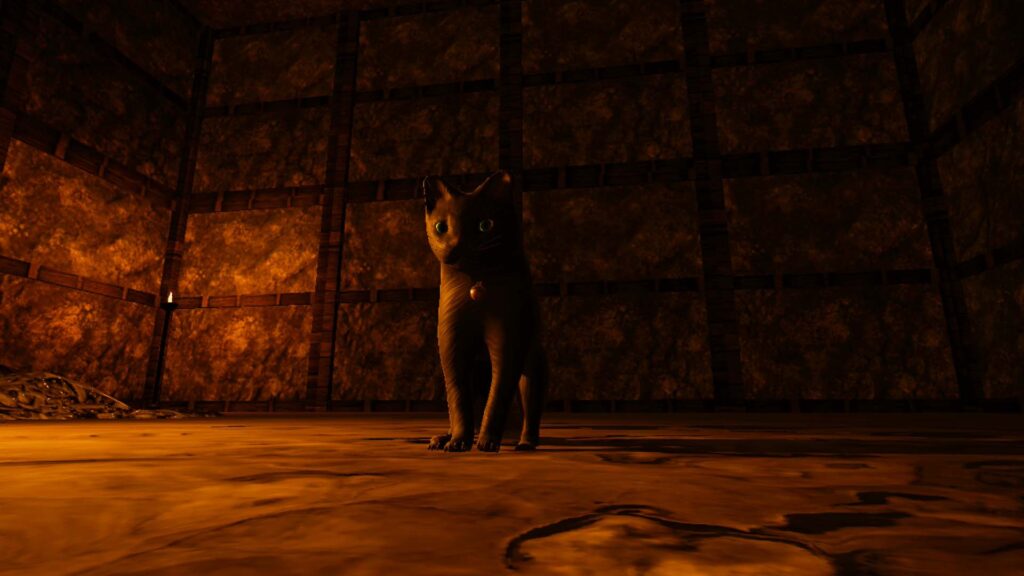
Shadow Corridor has several difficulty settings, ranging from Beginner to Challenger. Sadly, these are wildly unbalanced and the actual difficulty is more like a span from ‘I can’t be bothered to try but I guess I’ll play this” to “I have self-esteem issues and hate myself but I can only express it through playing this game”. Challenger is so impossibly hard that it’s simply not worth bothering, and Beginner is laughable. Everything in between is a struggle that isn’t worth your time either and isn’t fun, and the whole experience leaves a sour in your mouth even if it does manage to put some tension into your shoulders.
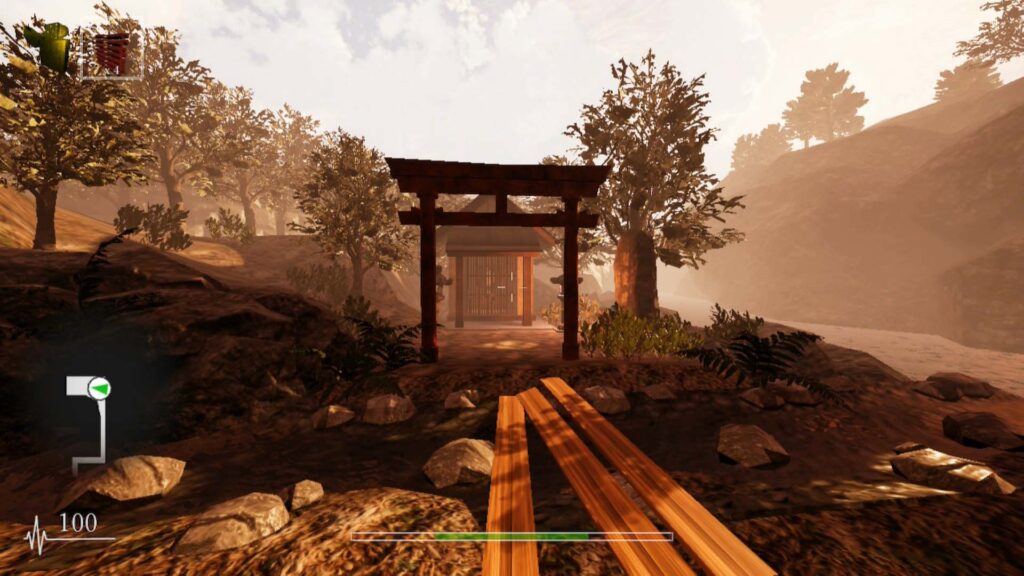
That’s not to say that Shadow Corridor isn’t scary. It is. But it’s the fear of being frustrated over and over again before making incremental progress that has no real bearing on a plot you don’t care about. The game simply isn’t fun to play and only a handful of gamers are likely to enjoy the experience. Horrors games have to manage a fine balance of control, suspense, and terror and Shadow Corridor simply fails to deliver on that balance. If you’re jonesing for a low-poly horror game that will push your skills to the limit by fighting the controls, this is your game. Otherwise, steer clear of Shadow Corridor. You won’t be missing much.
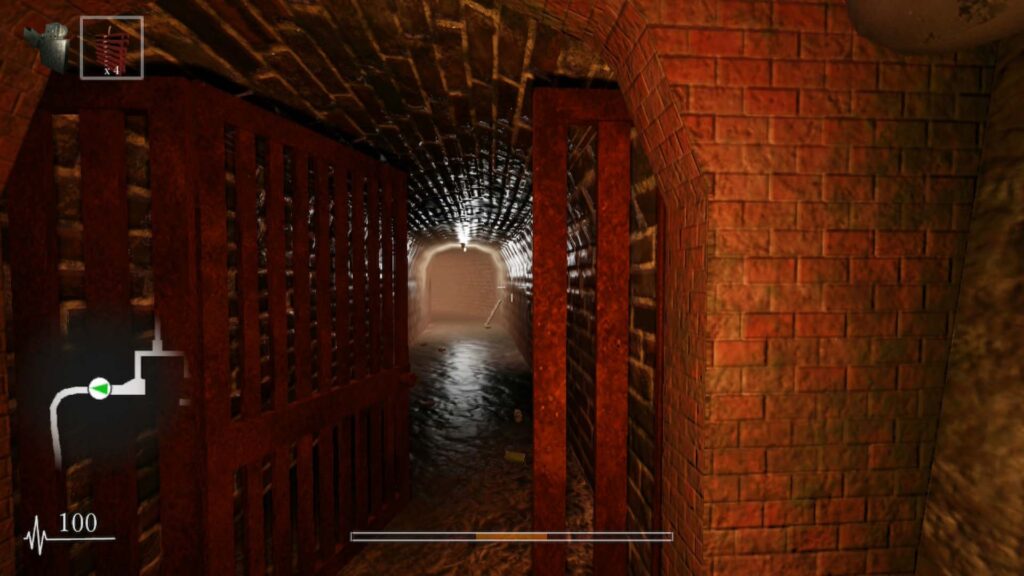
This review was based on a digital copy of Shadow Corridor provided by the publisher. It was played on a Nintendo Switch in both docked and undocked modes and ran equally well on both. Shadow Corridor is also available on Playstation 4 and PC on Steam.


